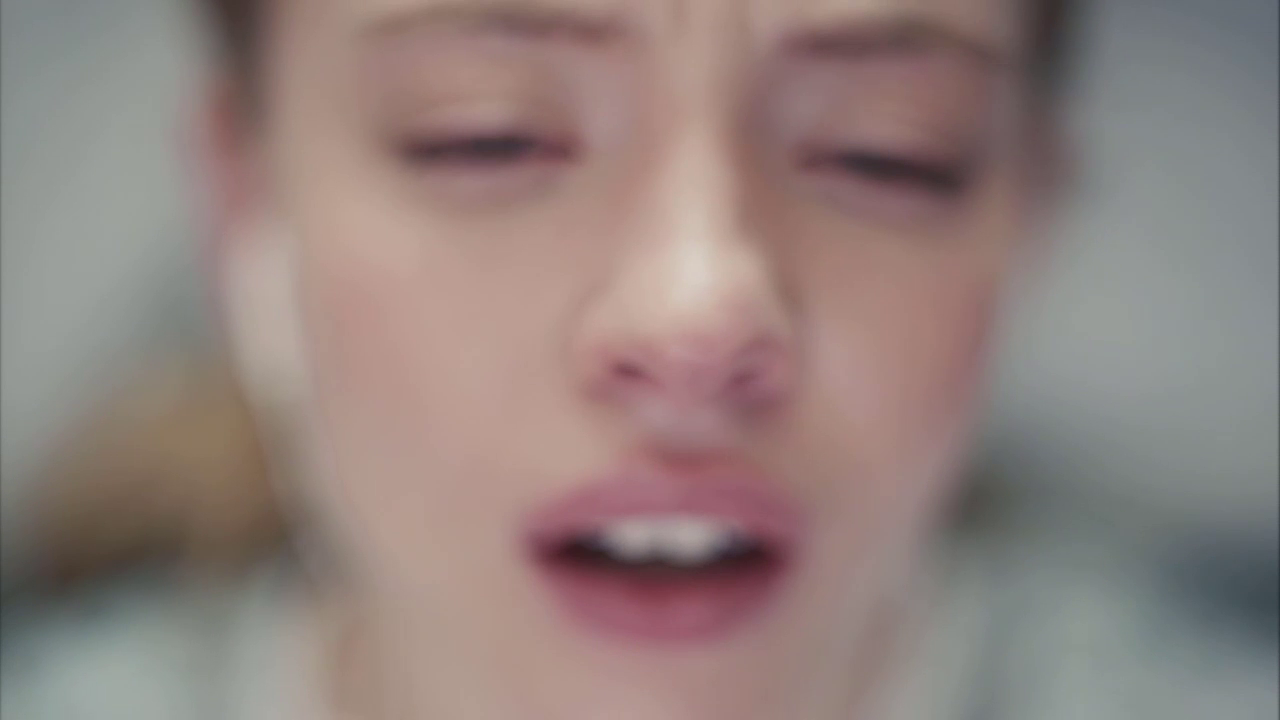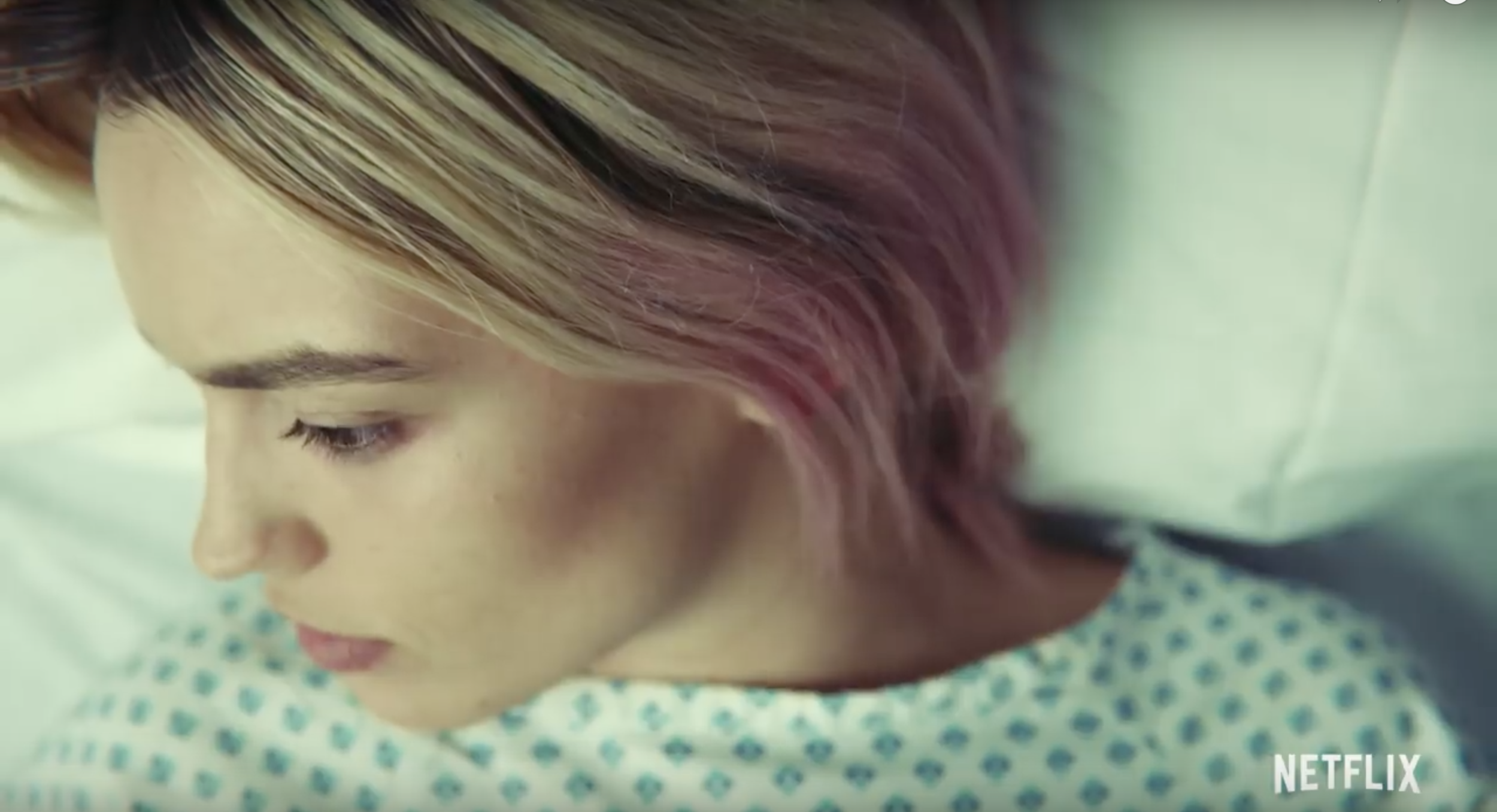WRITTEN BY School of Sexuality Education’S DR EMMA CHAN.
A friend rang me late the other night. He’s a keen runner and had fallen over while training and hurt his leg. He was now in a lot of pain and extremely anxious that he’d broken it. He didn’t want to go to his local doctor - he’d torn a ligament in his knee training for an Ultra Marathon a couple of years ago. His GP had made it very clear that she morally disapproved of runners. She’d refused to deal with him herself. Instead, she sent him to a colleague, saying that she ‘conscientiously objected’ to treating people who injured themselves ‘taking unnecessary risks through endurance tasks’.
Luckily though, he’d found a Walk-In Fracture Clinic that accepted self-referrals. Would I come with him to his appointment tomorrow for moral support? I agreed.
On the day, approaching the clinic was daunting. There was a group of Anti-Athletics Protesters outside. They didn’t try to physically stop us going in, but it was still unpleasant. One shouted at my friend that he was ‘wasting NHS resources’. Another thrust a pamphlet into my hands. It was full of statistics on how much sporting injuries cost the health service and how many nurses’ salaries this was equivalent to.
The Clinic staff were all really nice and professional. They asked some odd questions though - for example, had my friend considered switching from running to yoga? The operation was scheduled a few days later and was uneventful. I’m still in touch with my friend, but we don’t talk often about this particular time.
This story is of course, completely made up. As a description of medical care, it seems pretty bizarre. The blame, the moral judgement, the angry protesters getting between an individual and their treatment - all seem jarring in the context of getting help for a broken leg. These kind of experiences are common however, to those trying to access an abortion. In the UK, as in many countries, we accept standards of care and legislation around abortion that would seem laughable in relation to most other areas of health.
I am a facilitator with School of Sexuality Education, delivering Sex and Relationships Education to young people in the UK. My background is in health: I have trained and worked as a junior doctor, including within services that provide abortion care. As far fetched as the attitudes I have described might seem, we shall see that they neatly describe accessing abortion care in many parts of the world, including the UK.
An abortion is a medical treatment to end a pregnancy. This is done by either taking medication or having a (relatively) minor surgical procedure (1). It is sometimes also referred to as a ‘termination of pregnancy’. It is very common for someone to have had an abortion, much more so than most people imagine. According to the World Health Organisation, one in four pregnancies ends in a termination, with over 55 million abortions taking place a year worldwide (2). It might also surprise some in the UK to learn that providing or seeking an abortion in the UK is still technically a crime. It’s just that there are separate provisions under the law which allow it to take place under certain circumstances (3).
So, we have a situation where a very common type of healthcare is regulated in a very unusual way. This can create legal and practical challenges in using and providing such services. For example, services have to be designed to accommodate the need for two doctors to agree to a termination. A legal requirement which some practitioners say impacts their ability to provide appropriate care (4).
Within UK medical practice, there also exists the principle of ‘conscientious objection’. This is a rule that allows doctors to not provide help with terminating a pregnancy if it is at odds with their personal values (5). It is reasonable easy to find examples of conscientious objection around abortion care in the UK (6) whilst I have not heard to it used in relation to other types of treatment. Indeed in my imagined story I gave above, it seems laughable.
There are, of course, safeguards to invoking conscientious objection, including that using it should not delay a patient’s care (7). But I wonder how this plays out in practice? If your GP refused you healthcare, would you know that they were still obligated to make sure that you had it? How comfortable would you be in approaching other doctors for help, or the same GP for other issues in the future?
It is not uncommon for healthcare professionals to facilitate people in making decisions about their bodies and care that they think are unwise or downright wrong. Treating someone with a sports injury, so that they could continue to put strain on their body as with my ‘friend’, is a relatively common if less emotive one.
Pregnant people may have a very diverse set of personal, practical and medical reasons for wanting to end their pregnancy. Medico-legal laws and practices around the world act to question and challenge those healthcare decisions and take away personal health autonomy.
Worldwide, the laws surrounding abortion vary hugely. Not just in terms of whether or not abortion is allowed, but under what circumstance and under what conditions (8). This map from the Centre for Reproductive Rights broadly outlines these. You can use it to compare and contrast restrictions on abortion laws globally. This gives some indication of health inequalities created by a morals-based attitude to healthcare. A woman in the Ukraine who feels she does not have the resources to care for a child adequately may be able to access a legal abortion. Someone in neighbouring Poland cannot, as they are only legal in cases of conception from rape or to preserve health. Terminations of pregnancy are available ‘on request’ (because the pregnant person deems it necessary) in Mozambique, but under no circumstances in the nearby state of Madagascar (8).
Human Rights Campaigners often say that criminalising abortions doesn’t stop them from happening, it only stops them from being safe. This refers to the idea that for some pregnant people, terminating their pregnancy feels like the only option, and that this procedure will be sought out, whether it is legal or not.
It is estimated that 25 million ‘unsafe’ abortions occur a year, globally - most of these in low income countries (9). If we recognised that abortion was a healthcare right, we would see it is a vital service. When this is not provided safely, unnecessary deaths occur.
Framing abortion care as a moral issue, rather than as a health one, leaves it open to challenge. In law, abortion on request is legal in the United States, but the extent of that is determined locally by each state (8). Additionally, employers are under no obligation to ensure that abortion care is provided as part of their employee’s work-based health insurance. In 2014 the Hobby Lobby Stores successfully argued that providing contraception amounted to abortion, which conflicted with the company owner’s religious beliefs. As a result they provide neither contraception nor abortion care to their employees along with the rest of their healthcare (10). If abortion is not seen as a basic healthcare need, but a moral issue, it becomes optional to provide it. As abortion is so common, this impacts the health and wellbeing of a huge number of people.
Why, then, is abortion often framed morally, in a way many other health issues are not? I believe an important factor is misogyny. Whilst people of various genders get pregnant and also choose to terminate pregnancies, historically the burden of reproductive labour has fallen to women. At the same time, the power to make laws has been disproportionately held by men. When looking at the stark difference between the gender of the population (51% women) and the law makers (85% men) involved in the Alabama Abortion Ban, one BBC Journalist posed the question, ‘Should men have a say in the debate (11)?’
Another tendency is for discussion around abortion to get emotive, quickly. Some people argue that the right to pro-life beliefs it is an inviolable and inalienable one. I agree. But importantly, I also recognise that it extends to personal autonomy only. If you believe that abortion is wrong then it is wrong… for you. As already noted, abortion care is hard to access or illegal in many areas of the world. And where it is legal, this often faces pushbacks and challenges. All of this is rooted in historical gender power imbalances.
The question is: what can we do about it?
It’s not easy, but perhaps we can start with education. In the first article in this series, Sara Haller outlined her experiences of teaching about abortion in Northern Ireland and the importance to young people of honest and accurate information about their bodies (12).
There is perhaps some hope in England, with the updated sex education curriculum, which comes in to effect in September 2020 and requires young people to learn about ‘options in pregnancy’ (13). Perhaps allowing abortion to be discussed as a health topic can help to normalise this common procedure.
That is certainly the hope of Dr Corrina Horan, head of Education for Choice, a group of volunteer medical students and doctors who teach about abortion care in UK schools. Corrina says she was motivated to get involved after learning how common a procedure abortion was, and by her medical school training which emphasised that it should be treated as routine healthcare.
Perhaps another important strand is reflecting critically about the depictions of abortion we come across. In the second article in this series, Tanya Horeck discussed 21st Century TV portrayals of teenage abortion (14). Being empathetic and open to the need for many different types of pregnant people to obtain an abortion could be powerful. It can challenge some of the incorrect biases and assumptions we may have.
Important too perhaps, is educating and discussing abortion outside of schools as well as within them. As we have seen, abortion care really is a ‘live’ and current issue, with reproductive rights seemingly constantly up for grabs. Unlike other issues of gender equality and rights, it is not something that has been won and is over.
I am writing this from my own home, during the worldwide lockdown due to the Covid-19 pandemic. From behind closed doors the right to access safe and legal abortion care is being challenged. Many countries have used lockdown rules to restrict access to healthcare. For example in the US, travelling to access an abortion has been deemed ‘non-essential’ and therefore not permissable. Other countries have actively used this time to push through anti-abortion legislation, such as Argentina or Poland (15).
Someone who has voiced particular concern about contemporary abortion reform is Mania Lewandowska, a postgraduate student in Reproductive and Sexual Health in London, who is originally from Poland. Mania has been writing and talking about her concerns over the Polish Government’s actions towards abortion care since lockdown began. Examples include a proposed bill read in Parliament to completely forbid abortions. Abortion is currently only allowed in cases to preserve health. Although the bill was deferred, there are concerns that this was seen as a priority during this time. Mania also reports that a controversial pro-life activist has been officially recognised and honoured by the Ministry of Health during the country’s lockdown. The priorities and aims of the Polish Government surrounding abortion care seem very clear at this time, and they are not to ensure safe and legal healthcare.
As we have seen, attempts to erode reproductive freedoms abound. We need to recognise that abortion plays an important role in reproductive freedom and start defending it like it matters. We have the medical expertise to improve the wellbeing of literally millions of people around the world, by providing decent abortion care. We wouldn’t accept the current standards of care for fixing broken limbs. We mustn’t accept this for reproductive healthcare.
Acknowledgements:
Thanks to Mania Lewandowska, Dr Corrina Horan, Sara Haller and Dr Tanya Horeck for their advice and support with writing this article.
Illustrations by Evie Karkera, unless otherwise credited.
Our book ‘Sex Ed: An Inclusive Teenage Guide to Sex and Relationships’ is out now.







